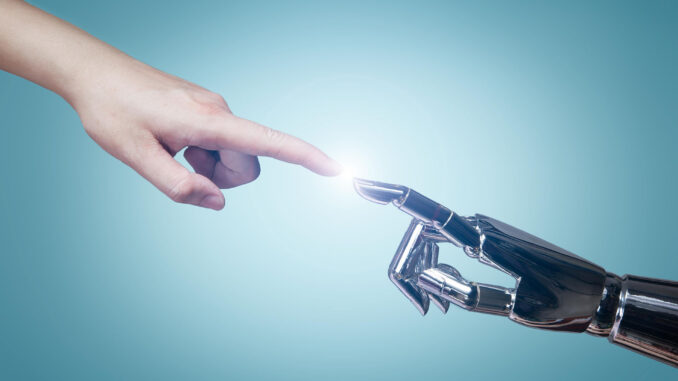
A Help Desk Chatbot, often called a support or service bot, is an AI-powered tool that provides instant customer service assistance online. This chatbot can interact with customers or employees in real time, answering questions, solving basic problems, or directing users to appropriate resources.
7 reasons a Help Desk Chatbot AI is important for customer support.
1. 24/7 Availability: Chatbots can provide customer service around the clock. They can answer queries anytime, making them especially useful for businesses with customers in different time zones.
2. Quick Response Times: Chatbots can deliver immediate responses, which helps to improve user satisfaction. They are particularly effective for addressing frequently asked questions or common issues.
3. Scalability: A chatbot can handle multiple interactions simultaneously, something that could be more feasible for human agents. This makes them ideal for businesses experiencing a high volume of inquiries.
4. Cost Savings: Implementing a chatbot can help reduce the workforce needed for customer service, leading to substantial cost savings over time.
5. Data Collection: Chatbots can collect and analyze data from customer interactions, providing valuable insights that can be used to improve services and strategies.
6. Consistency: A chatbot provides consistent answers to customers, reducing the chance of miscommunication or misinformation that can sometimes occur with human agents.
7. Freeing Up Human Agents: By taking care of routine queries, chatbots allow human agents to focus on more complex customer issues, improving the overall efficiency and effectiveness of the help desk.
However, it’s worth noting that while chatbots offer numerous advantages, they can’t replace the personalized service that human agents provide. They are best used with human support, particularly for handling complex issues that require empathy and a deeper understanding of the context. As AI technology advances, though, the capabilities of chatbots continue to expand, making them increasingly valuable as customer service tools. Discover your Help Desk maturity level by taking the Help Desk Maturity Assessment.
agents provide. They are best used with human support, particularly for handling complex issues that require empathy and a deeper understanding of the context. As AI technology advances, though, the capabilities of chatbots continue to expand, making them increasingly valuable as customer service tools. Discover your Help Desk maturity level by taking the Help Desk Maturity Assessment.
9 Steps to Implement a Help Desk Chatbot
Implementing a Help Desk Chatbot involves understanding your organization’s specific needs to deploying the bot for end-users. Here’s a step-by-step guide to help you implement a Help Desk Chatbot:
1. Define Your Goals: Understand what you want to achieve with the chatbot. This could range from reducing the workload on your support team, improving response times, offering 24/7 support, or collecting customer data.
2. Choose a Platform: Choose a chatbot platform based on your needs and technical capabilities. Some popular platforms include Dialogflow, Microsoft Bot Framework, IBM Watson, and many SaaS platforms like Intercom or Drift.
3. Design the User Experience: Consider the user journey. Design a conversational flow that is intuitive and user-friendly. Keep the chatbot’s dialogues casual and ensure it provides clear prompts to guide users.
4. Integrate With Existing Systems: Your chatbot should be able to fetch data from or send data to other systems like your CRM, knowledge base, or ticketing system. This enables it to answer queries more effectively or log interactions.
5. Build a Knowledge Base: A robust knowledge base is crucial. The chatbot should have access to various FAQs and their answers. This information will be the foundation for many of the chatbot’s interactions.
6. Train the Chatbot: Train your chatbot using AI and machine learning capabilities. Start with a set of predefined questions and answers. As more users interact with the bot, it can learn and improve its responses.
7. Implement Escalation Procedures: The chatbot won’t handle all queries. Design a clear escalation path where users can be transferred to human agents when necessary.
8. Test Extensively: Before full deployment, run a pilot test. Gather users to interact with the bot, collect feedback, and refine the chatbot’s responses and functionalities.
9. Deploy and Monitor: Once satisfied with its performance, deploy the chatbot to your audience. Continuously monitor its interactions to ensure it meets user needs and expectations.
As with any tech solution, continuous improvement is critical. Regularly analyze the chatbot’s performance metrics, user feedback, and missed questions. Use this data to make the necessary refinements. Technology and user needs change rapidly. Regularly update your chatbot’s knowledge base and functionalities to stay relevant and practical.
Remember, the success of a Help Desk Chatbot largely depends on its ability to deliver accurate and timely solutions. Regular reviews, user feedback, and AI advancements can help ensure your chatbot remains an invaluable tool for customer support.
Leave a Reply